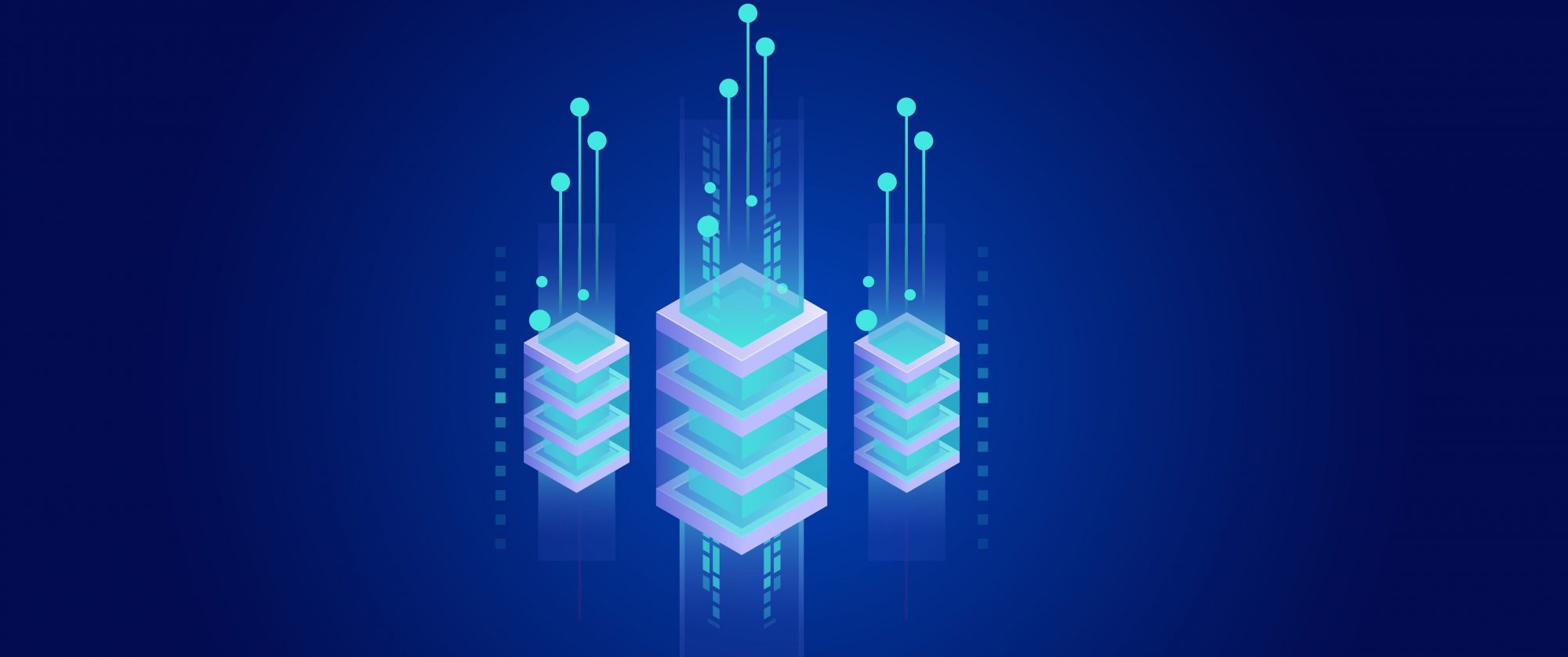In the fast-paced world of software development, adopting DevOps practices has become crucial for delivering high-quality applications faster and more efficiently. Azure provides a comprehensive set of services and tools that enable developers and IT professionals to implement DevOps principles, streamline their development lifecycle, and achieve continuous integration and deployment (CI/CD).
Azure DevOps Services: Azure DevOps is a suite of services that provides an end-to-end solution for collaborative development, version control, agile planning, and CI/CD pipelines. Key components include:

*image sourced from Google
- Azure Repos: A centralized source control system that supports Git repositories for version control and collaboration.
- Azure Boards: A powerful agile project management tool that supports Kanban and Scrum methodologies, enabling teams to plan, track, and manage their work effectively.
- Azure Pipelines: A cloud-based CI/CD service that enables automated build, testing, and deployment processes for various target environments (Azure, on-premises, or third-party clouds).
- Azure Test Plans: A comprehensive testing solution that supports manual and exploratory testing, enabling teams to define and execute test plans and capture results.
- Azure Artifacts: A centralized package management service that enables teams to share and consume packages, such as NuGet, npm, and Maven, across projects and pipelines.
Implementing Continuous Integration (CI): Continuous Integration (CI) is a DevOps practice that involves frequently integrating code changes from multiple developers into a central repository, triggering automated builds and tests to detect issues early in the development cycle. Azure DevOps Services and other Azure services can help streamline the CI process:

*image sourced from Google
- Source Control Management: Use Azure Repos or integrate with other Git repositories (e.g., GitHub, Bitbucket) to manage your source code and collaborate with team members.
- Automated Builds: Configure Azure Pipelines to automatically trigger builds whenever code changes are committed to the repository, ensuring that the latest code is continuously built and tested.
- Automated Testing: Integrate unit, integration, and functional tests into your CI pipeline, automatically executing tests with every code commit to catch defects early and maintain code quality.
- Dependency Management: Leverage Azure Artifacts to manage and share packages and dependencies across your projects and pipelines, ensuring consistent and reliable builds.
- Code Quality Analysis: Integrate static code analysis tools (e.g., SonarQube, CodeCov) into your CI pipeline to enforce coding standards, identify code quality issues, and maintain technical debt.
Enabling Continuous Deployment (CD): Continuous Deployment (CD) is a DevOps practice that involves automatically deploying tested and validated software changes to production (or other target environments) with minimal manual intervention. Azure provides various services and tools to support CD:
- Release Pipelines: Configure Azure Pipelines to define release pipelines that automate the deployment process, including approvals, environment configurations, and rollback strategies.
- Deployment Targets: Deploy to various targets, such as Azure App Services, Azure Kubernetes Service (AKS), Azure Virtual Machines, or on-premises infrastructure, using deployment tasks and agents.
- Infrastructure as Code (IaC): Use Azure Resource Manager templates, Terraform, or other IaC tools to define and manage your infrastructure configurations as code, enabling consistent and repeatable deployments.
- Feature Flags: Leverage Azure App Configuration or other feature flag management solutions to control the rollout of new features and enable safe deployments with gradual rollouts or canary releases.
- Monitoring and Feedback Loops: Integrate Application Insights, Azure Monitor, and other monitoring tools to gather feedback from production environments, enabling continuous improvement and rapid issue detection and resolution.
Optimizing DevOps Practices in Azure: To fully realize the benefits of DevOps and achieve efficient CI/CD pipelines in Azure, it’s essential to follow best practices and leverage various Azure services:
- Embrace Automation: Automate as many processes as possible, including builds, testing, deployments, and infrastructure provisioning, to reduce manual effort and improve consistency and reliability.
- Implement Infrastructure as Code (IaC): Define and manage your infrastructure configurations as code using Azure Resource Manager templates, Terraform, or other IaC tools, enabling version control, repeatable deployments, and consistent environments.
- Leverage Containerization: Adopt containerization technologies like Docker and Kubernetes to package and deploy your applications consistently across different environments, enabling portability and scalability.
- Implement Secure DevOps: Incorporate security practices throughout the development lifecycle, including secure coding practices, automated security testing, and continuous monitoring of deployed applications.
- Enable Collaboration and Visibility: Foster collaboration and transparency by leveraging Azure Boards for agile planning, Azure Repos for source control management, and Azure Pipelines for sharing CI/CD pipelines across teams.
- Embrace Continuous Learning: Continuously learn and improve by gathering feedback from production environments, analyzing metrics and telemetry data, and incorporating lessons learned into future iterations of your DevOps processes.
Throughout this article, we’ve explored the various Azure services and tools that enable DevOps practices, continuous integration, and continuous deployment. By adopting these practices and leveraging Azure’s capabilities, development teams can streamline their delivery processes, improve collaboration, and accelerate the delivery of high-quality software to end-users.

